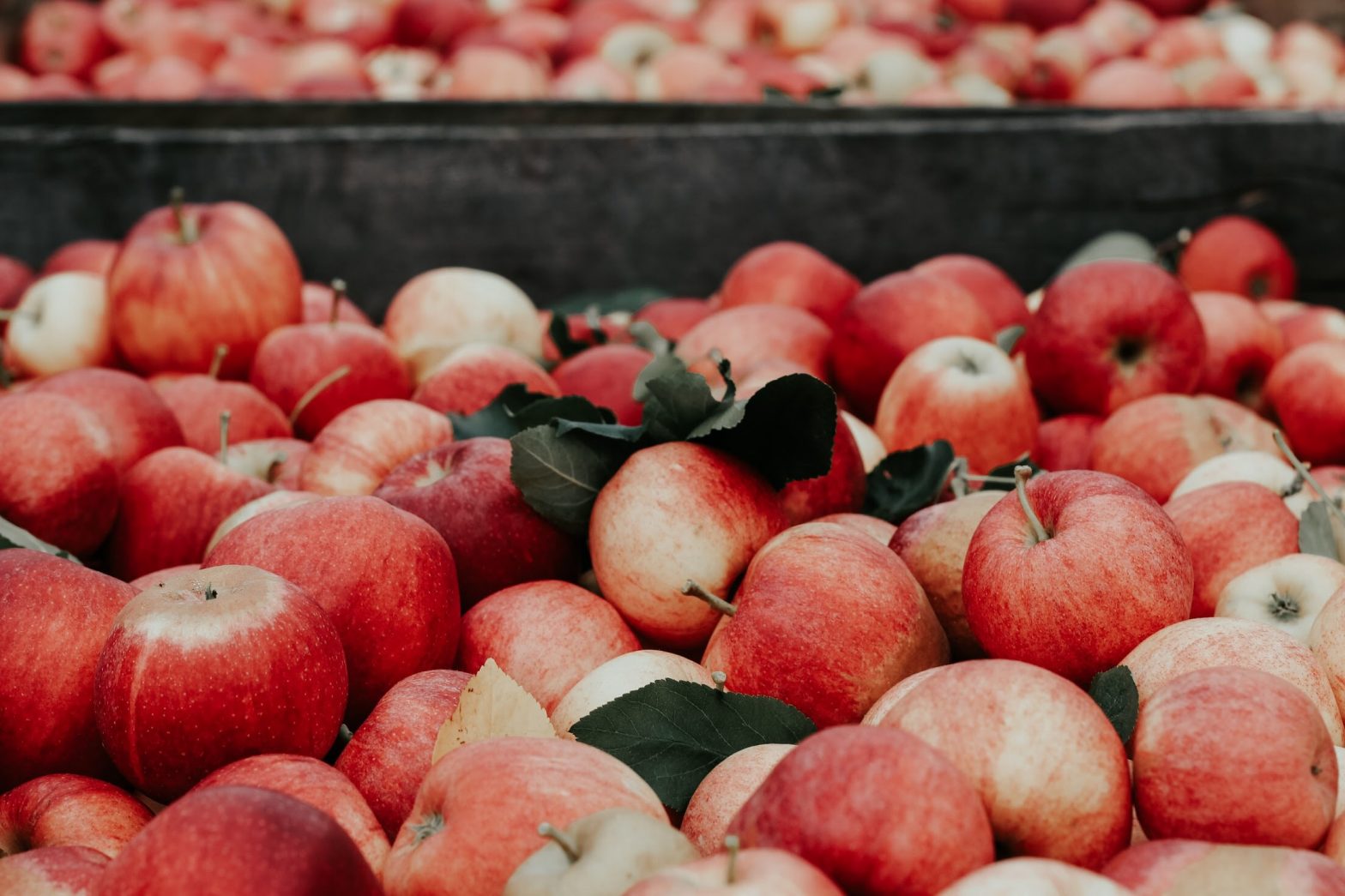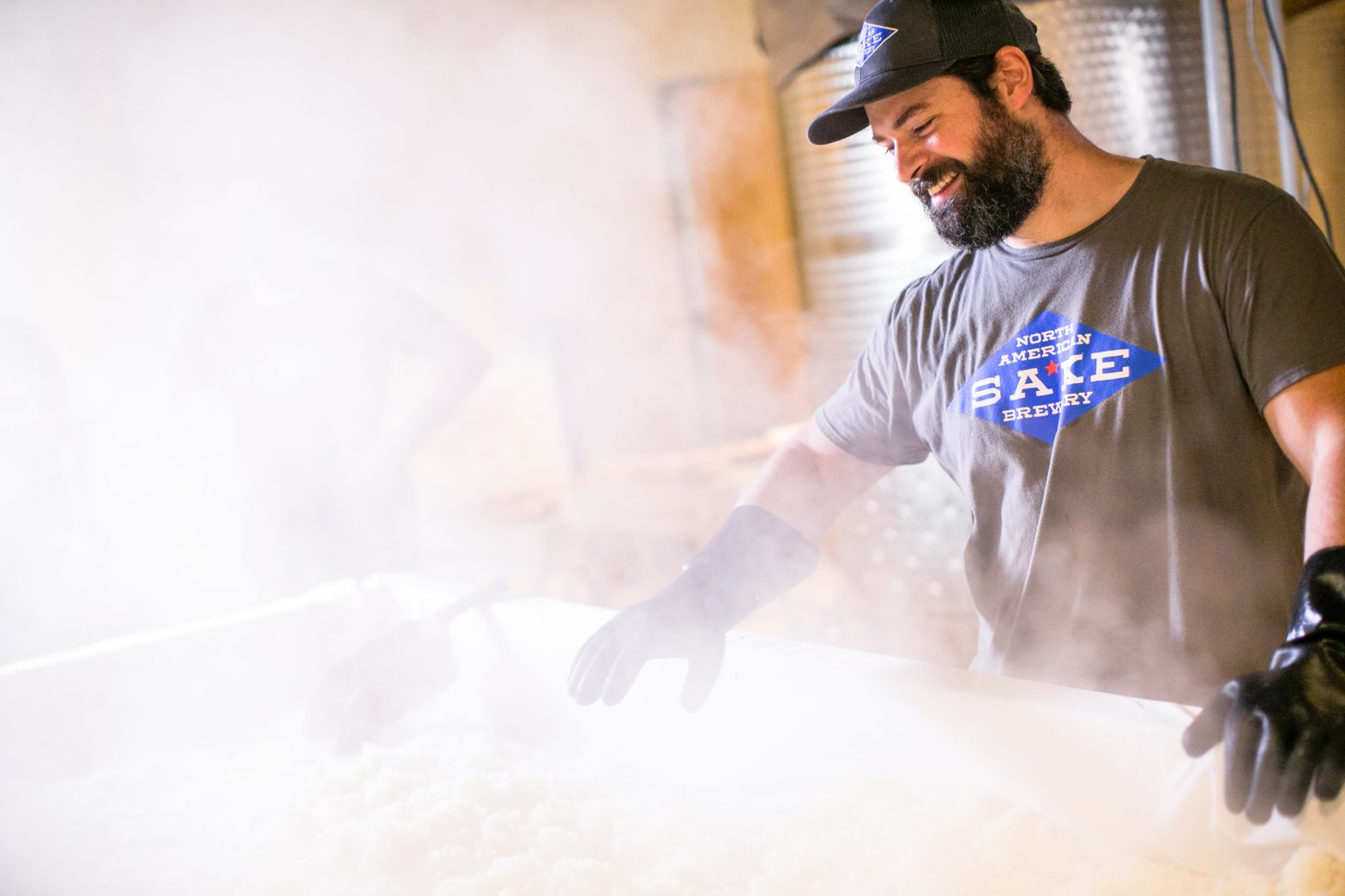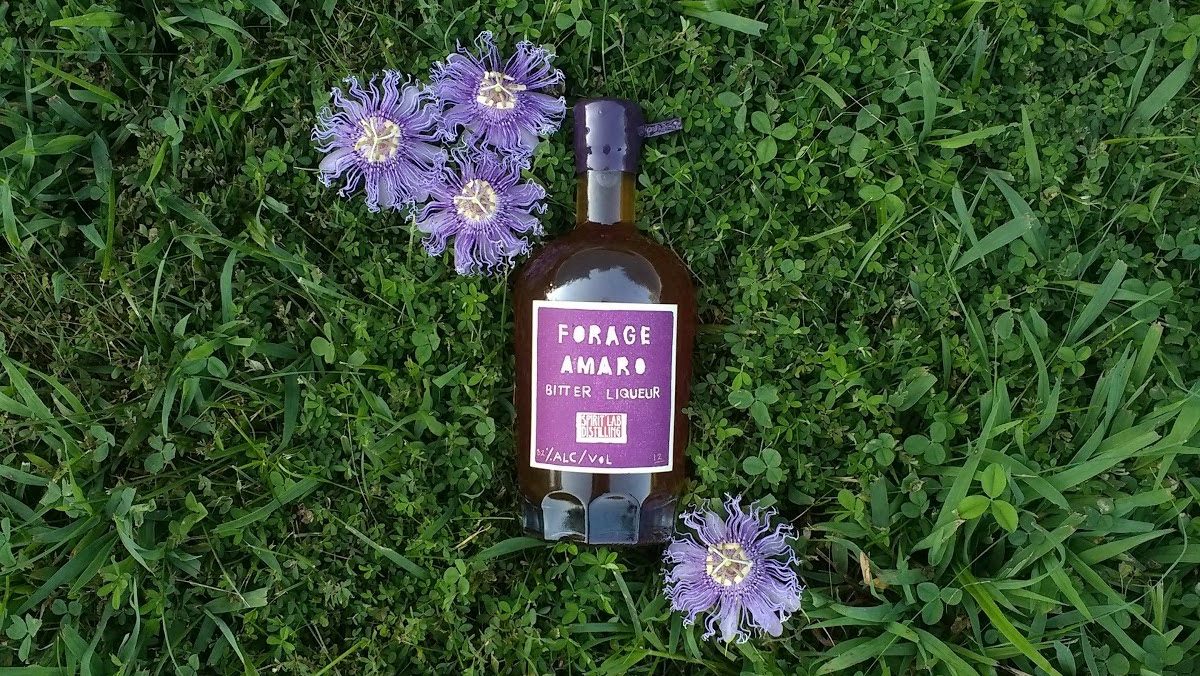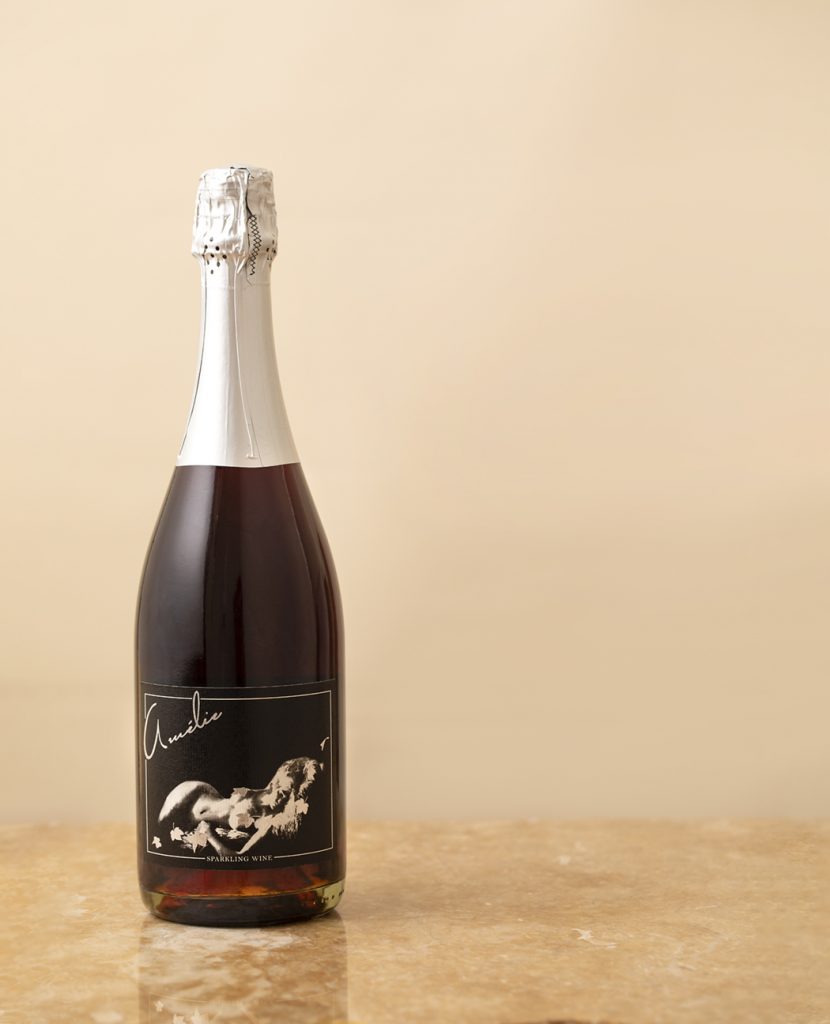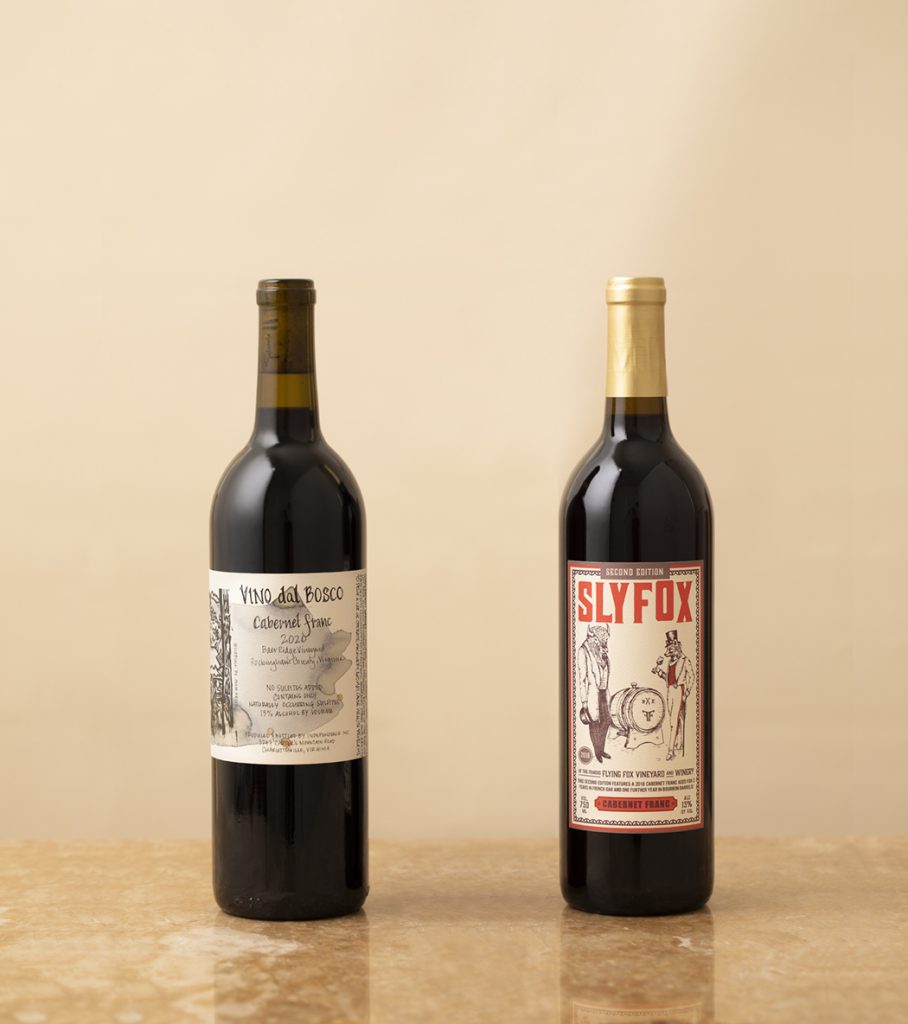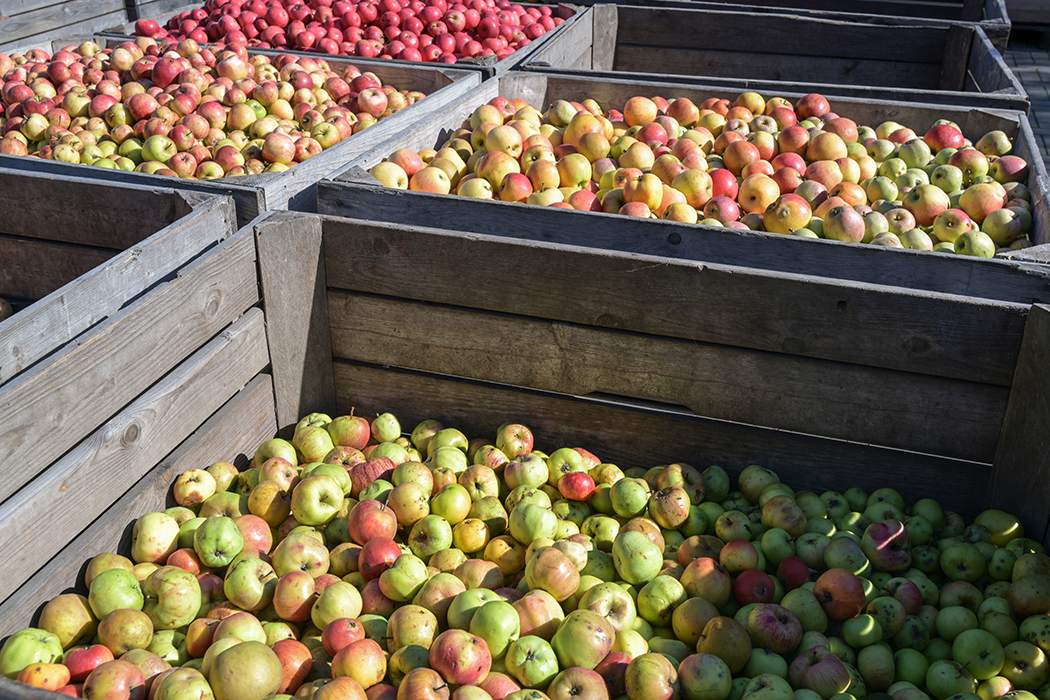With its small-town feel, beautiful mountain views, historic landmarks, and a strong local food and wine culture, the Charlottesville area is a popular spot to get hitched. For brides and grooms looking to make their celebration truly representative of place, local wines are an important piece of the planning. Here are some can’t-miss recommendations for what should be on the table and in the glass.
Thibaut-Jannison Winery Virginia Fizz ($25)
Nothing signifies a celebration more than sparkling wine. Claude Thibaut is widely considered the father of Virginia sparkling, and remains the standard-bearer for bubbles in our state. His Virginia Fizz is made in the Charmat method, which involves carbonating wine in large-volume tanks rather than in individual bottles. This means it is a bit more affordable, and a good option for larger groups. (If you have the budget and want to upgrade, consider the Blanc de Chardonnay ($33), made in the traditional method of champagne, to serve to the head table or for smaller gatherings.)
The Virginia Fizz brings flavors of citrus, green apples, and pear along with its effervescence, and finishes with a slight sweetness reminiscent of green melon. This is a great option for welcoming people on arrival or when canapés are served, and it can be brought out again when it’s time to raise a glass for toasting. It’s an absolutely perfect pairing with wedding cake.
Blenheim Vineyards 2020 Albariño ($23)
Albariño is still a relatively sparsely planted grape in Virginia but is showing great promise when made into a crisp, refreshing white wine. Kirsty Harmon, Blenheim’s winemaker, uses a light touch that keeps the bright character of this variety intact, and the result from the 2020 vintage is a lively and delicious wine.
In the glass, an elegant and floral nose, reminiscent of white flowers, yields to flavors of citrus and lemongrass with an underlying note of minerality. The wine is lean, acidic, and very refreshing. This would pair well with appetizers such as citrus salad, shrimp cocktail, raw oysters, or whitefish.
Stinson Vineyards 2018 Chardonnay ($24)
Chardonnay is a grape that can flourish in many climates, including Virginia’s, and can express itself in many ways depending on the intention of the winemaker. At Stinson, the wine is produced in a style that avoids extremes, and the result is a versatile white wine that offers a bit more body and palate weight than the albariño.
On the tongue, flavors of apple, pear, citrus, and white peaches combine with hints of spices such as vanilla and ginger. Medium acidity and a long finish give an overall impression of a wine that is rich but refreshing at the same time. Serve with favorites such as smoked salmon, chicken, or pasta with cream sauce.
King Family 2021 Crosé Rosé ($25)
If you’re looking to offer a rosé wine at your event, this is one of the best known and bestselling rosés in the area, and for good reason. This merlot-based crowd-pleaser is deliciously well-balanced and perfect for an outdoor venue on a hot day. It is produced with a medium body and strong acidity, which means it can pair well with a wide variety of food.
On the nose, lemon and watermelon combine with a hint of green herb and florals. Flavors follow the lead of these aromas, with citrus acidity, hints of cherry, and a bit of rose petal. Extremely easy to drink, it would complement shellfish, light pasta or rice dishes, grilled fish, or a goat cheese salad.
Maison Shaps 2018 Bourgogne Pinot Noir ($32)
This one is a bit of a twist as a local recommendation. Michael Shaps owns Michael Shaps Wineworks, which has a long history of producing award-winning wines in the Charlottesville area, but Shaps received his winemaking education in France, and owns a second winery in Burgundy. You can find the wines from Maison Shaps for sale in the local Wineworks tasting room. This bottle, like all red burgundy, is made from 100 percent pinot noir, which is a perfect light- to mid-weight red variety to pair with entrées.
The 2018 vintage is light and perfumed on the nose with notes of roses and cherries. The flavors combine red fruits such as cherry and cranberry with hints of baking spices and white pepper. An underlying earthiness provides an interesting counterpoint. Serve next to roasted poultry or pork, smoked sausages, roasted squash, or anything with mushrooms in it.
Barboursville Vineyards 2019
Cabernet Franc
Reserve ($25)
Depending on what is on the menu, a red wine that is fuller and bigger bodied might be needed. Cabernet franc as a variety has become one of the signatures and strengths of the local wine industry and can fill this role nicely. The Barboursville Reserve release is an excellent example of cabernet franc, and one that possesses the desired weight while managing to remain food-friendly. It is always well-scored by critics and, year in and year out, is a consistent winner at wine competitions.
The 2019 release has pronounced aromas and flavors of red plums, baking spices, and red berries. The wine is full-bodied and complex, but still maintains an elegance that transitions into a well-structured finish. This is the option to choose for heavier food such as burgers, barbecue, steak, lamb, or pasta with tomato sauce.
One last word to the wise: When it comes time to buy, go directly to the winery. In addition to establishing a relationship (you might want more of your wedding wine later), and possibly getting a discount, it also gives the local winery the most profit per bottle. Shop (and drink) local!


